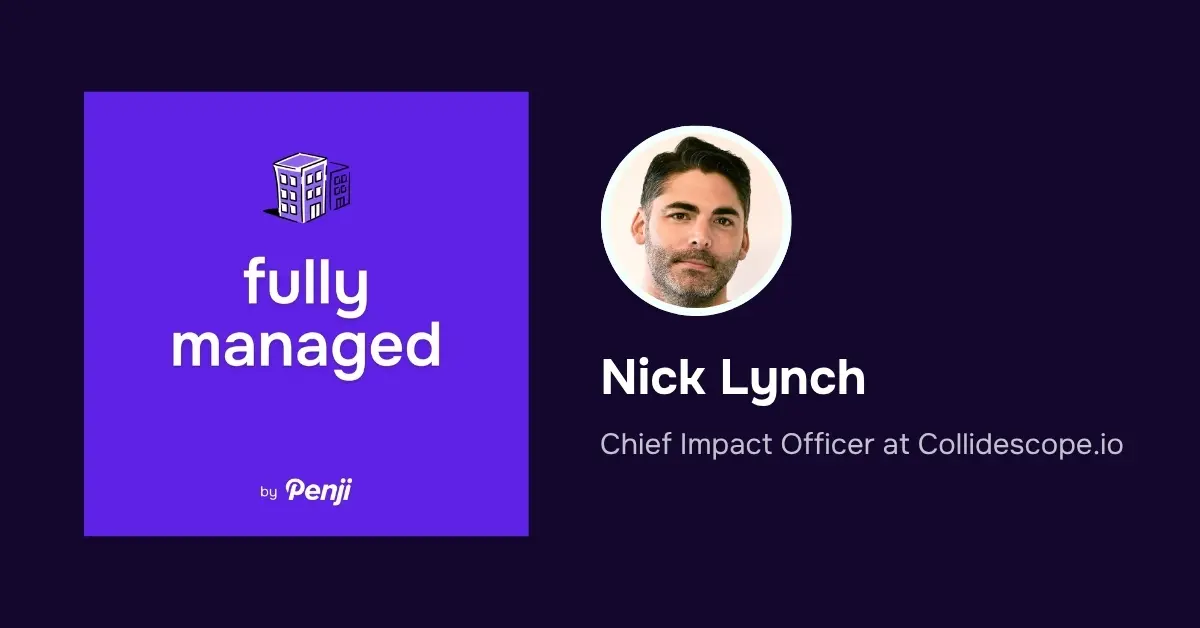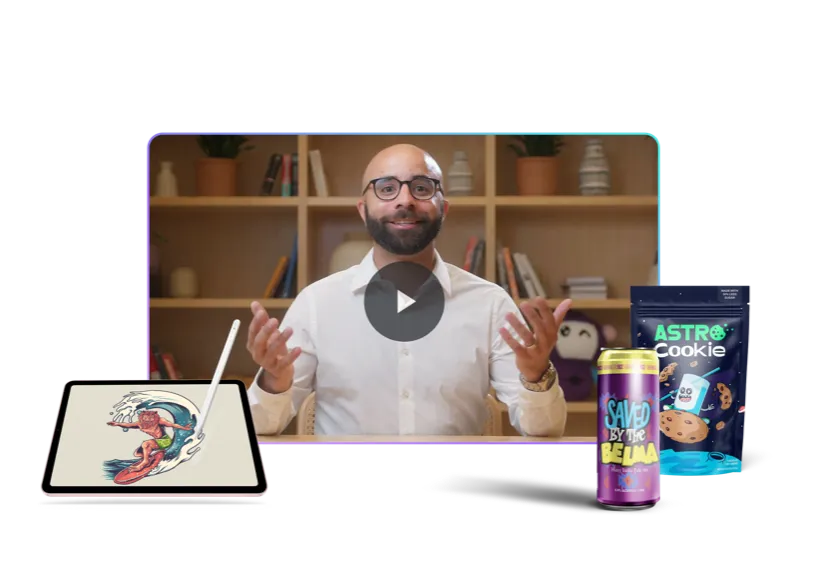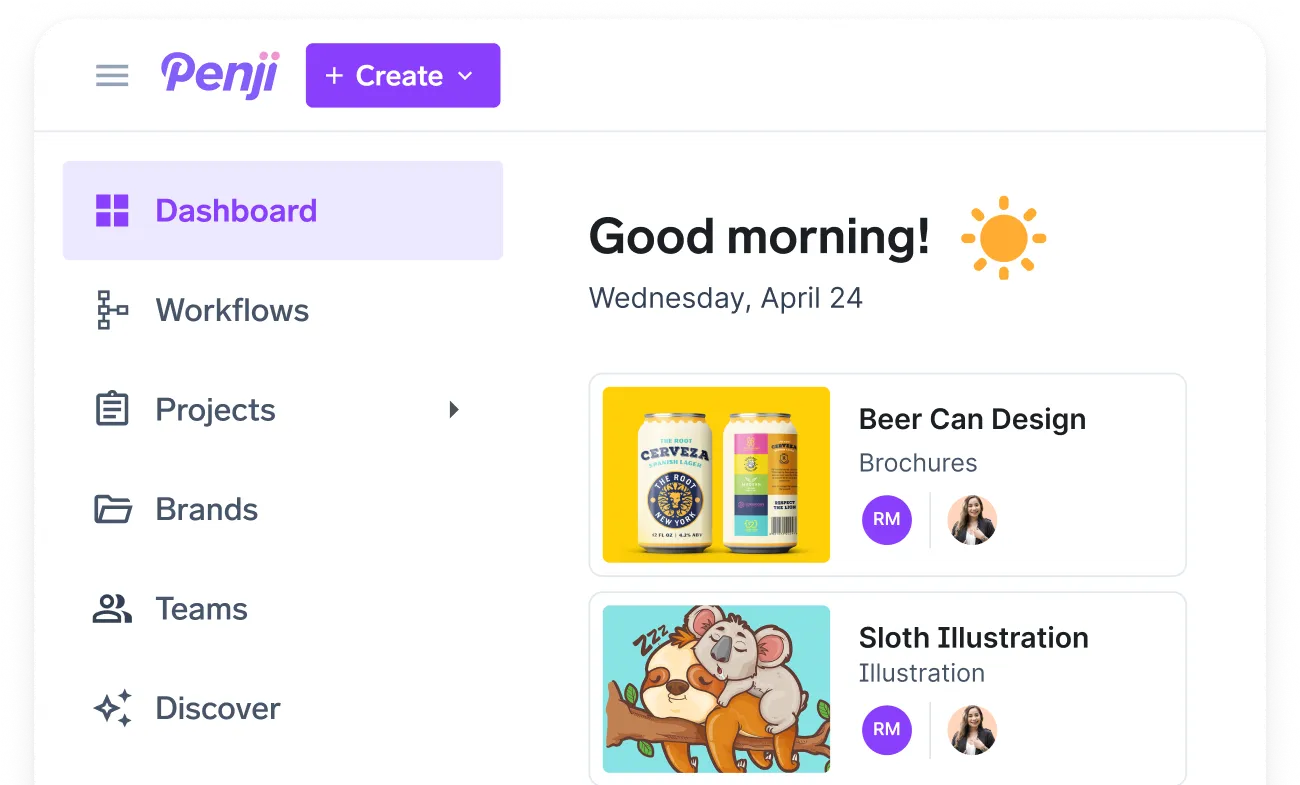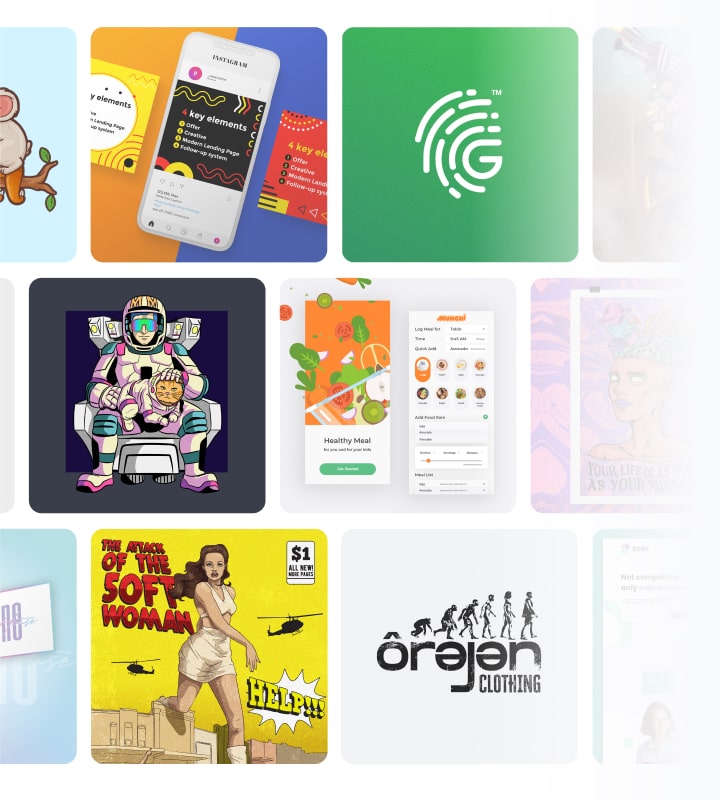
Introduction
Daniela (D): Okay, everybody. Hello. Welcome to the Fully Managed Podcast. You guys know what we do here. We talk about marketing tips, we talk about business tips, and we assist you guys in your business journeys. And you know me, the host, Daniela, Penji’s Partnership Coordinator. And today we have a really cool guest, Ryan Scully.
Ryan Scully (RS): Hi, Ryan. How are you doing?
D: I’m doing well. Good to meet you.
RS: Good to meet you too.
D: I’m so excited to talk to you about the podcast. But before we kind of dive into all things business, marketing, all of that, I want to play a game with you called Build It or Scrap It. So it’s, you know, a really easy game. But right now I’m just going to give you some prompts and I want you to just tell me if you would build them or if you would scrap them.
RS: Okay.
Build It or Scrap It Game
D: Green walls in bathrooms.
RS: Build it.
D: Tiny home villages.
RS: Scrap it.
D: Glass floors at the top of high-rise buildings.
RS: Absolutely scrap it.
D: Buildings shaped like their function—so for example, like a fish market and the building is shaped like a fish.
RS: Scrap it.
D: AI-generated concepts like building maps.
RS: Build it.
D: Windowless office buildings.
RS: Scrap it. Absolutely.
D: Then only floor in apartment buildings. So like a floor with no phones, no internet service type of vibe.
RS: I’ll build it.
D: Awesome. That was great. I’m curious why you want to scrap the glass floors on high-rise buildings.
RS: Because that’s how I don’t like heights that much. People have already done that and I think it’s a very popular tourist attraction. I hate walking on that stuff. That freaks me out.
D: I get it. Me too. My primitive brain just freaks out too much. I went to the building in Seoul in Korea, and they have a whole bit that is just glass floor there. I’d been on glass floors at other places, but that one in Korea really freaked me out because it was super high—like the 120th floor or something like that.
RS: Yeah, no thank you.
D: I just looked down and felt like I was going to die. It was creepy. I did not enjoy that.
RS: Yeah, I understand.
Getting to Know Ryan Scully
D: Well, Ryan, it’s been so great to get to know you a little bit. But for all of our audience who is watching and is not sure about what you do, who you are, and what everything you do is all about, can you tell us a little bit about yourself?
RS: Yeah, so I am the VP of Creative for WBTDP, which is a combination of two companies. The first is Warshaw Blumenthal, which started in 1982 as a retouching business. It morphed over the years into more of a creative concepting and storyboarding business—an illustration repping business. Around 2009, we started a company called Turbo Dog Productions that focused on the next steps after storyboards and still frames—into production and animation for animatics, testing, and any video content. In 2020 or 2021, we merged the companies into one entity. So now, WBTDP takes the consumer from script all the way through to finished production if they want. We focus a lot on creative concepting and produce best-in-class animatics for focus group testing.
Commercials vs. Film
D: When I was researching your company, I noticed the work is really cinematic. But I also saw you did ads for Pizza Hut and others. What’s the difference between doing something for a marketing purpose, like a commercial, versus something for film?
RS: We don’t really get involved in film much. There’s a difference between pitch boards and storyboards for commercials versus films. Film boards are for directors to plan their shoot, and they already have a budget. When we work with agencies, it’s more about securing the budget—a sales tool. They’re trying to get million-dollar media buys and need visuals to sell their concept. Testing is like an insurance policy to see if the concept works before spending big.
Embracing AI in the Industry
D: I noticed you guys are really open to AI. Has that changed the way you create?
RS: AI hit our industry hard in 2023. At first, it seemed gimmicky. But within months, it became very real. Our CEO and I sat down to evaluate. Our clients were using it. Artists were scared. So I took a team, went deep for six months, and developed custom pipelines using AI for 2D and 3D. Artists still draw, but we enhance those drawings with AI. It’s changed our process.
D: Do you think it’s valid for artists to fear job loss from AI?
RS: Totally. I have an MFA in painting, so I get it. It felt personal. But those artists who embrace AI become rock stars. They can do more, better, and faster. Yes, some jobs will be lost—we’ve seen it already. But I believe those who adapt will thrive.
D: I struggle with that balance too. Embrace AI or worry about the ethical concerns. It’s hard.
RS: It’s like the industrial revolution. Tools always shift jobs. The artists who evolve will lead. Some roles will shrink, like theater after film. But artistry remains, just in different forms.
Changing Nature of Advertising
D: Are commercials even going to be a thing in the future?
RS: I think so. I see more now than ever. They’re just spread across platforms. It’s not just TV anymore. There’s YouTube, social, and more. Brands still need to differentiate themselves.
D: Right. The traditional 30-second ad has evolved. Now it’s reels, TikToks, UGC, etc.
RS: We do it all. From 60s to 6s. For example, Facebook hired us to make hyper-targeted ads. Social changed the landscape, but ads still drive awareness. With AI, brands can test many versions faster and micro-target more effectively.
D: So AI lets them create and test faster, cheaper, more targeted content.
RS: Exactly. Instead of spending $100M on a few ads, you create hundreds with the same budget.
Cultural Sensitivities in Ads
D: I remember a Disney ad with lesbian moms shown in the West but replaced with a traditional family in the Middle East. People called them out.
RS: That sounds like a business decision to cater to different laws or sensibilities. It’s lame, but that happens.
D: Micro-targeting makes sense from a product angle, but values matter too. It feels inconsistent.
RS: Yeah, it becomes more complex with cultural sensitivities. AI allows brands to ideate and adapt faster. That means more campaigns, more versions, but also more responsibility.
The Future of Creative Production
D: So what’s next? Will AI really replace shoots?
RS: I think it will get close. The animatics we produce are already close to final. Eventually, brands might skip the shoot. It reduces costs, shortens lead times, and increases responsiveness.
D: That would change everything.
RS: It already is. We constantly evaluate new AI tools. Every few months there’s a breakthrough. We use Comfy UI to build custom workflows. It helps solve problems not yet addressed by consumer apps.
Closing
D: That’s a great way to end this podcast. Ryan, it’s been so great to have you. Do you want to promote anything before we wrap up?
RS: Yeah. Our company is WBTDP.com. We specialize in animatics for testing, working with most major ad agencies and holding companies. We’ve been around for four decades and are best-in-class in New York.
D: Awesome. I’ll add those links to the episode description. Thanks so much for being here, Ryan.
RS: Thanks, Daniela. Appreciate your time.
D: Have a great day, everybody. I’ll see you on the next episode.











